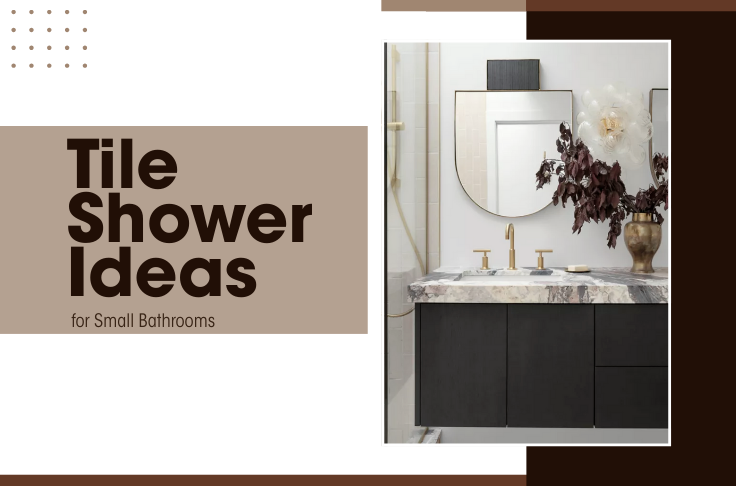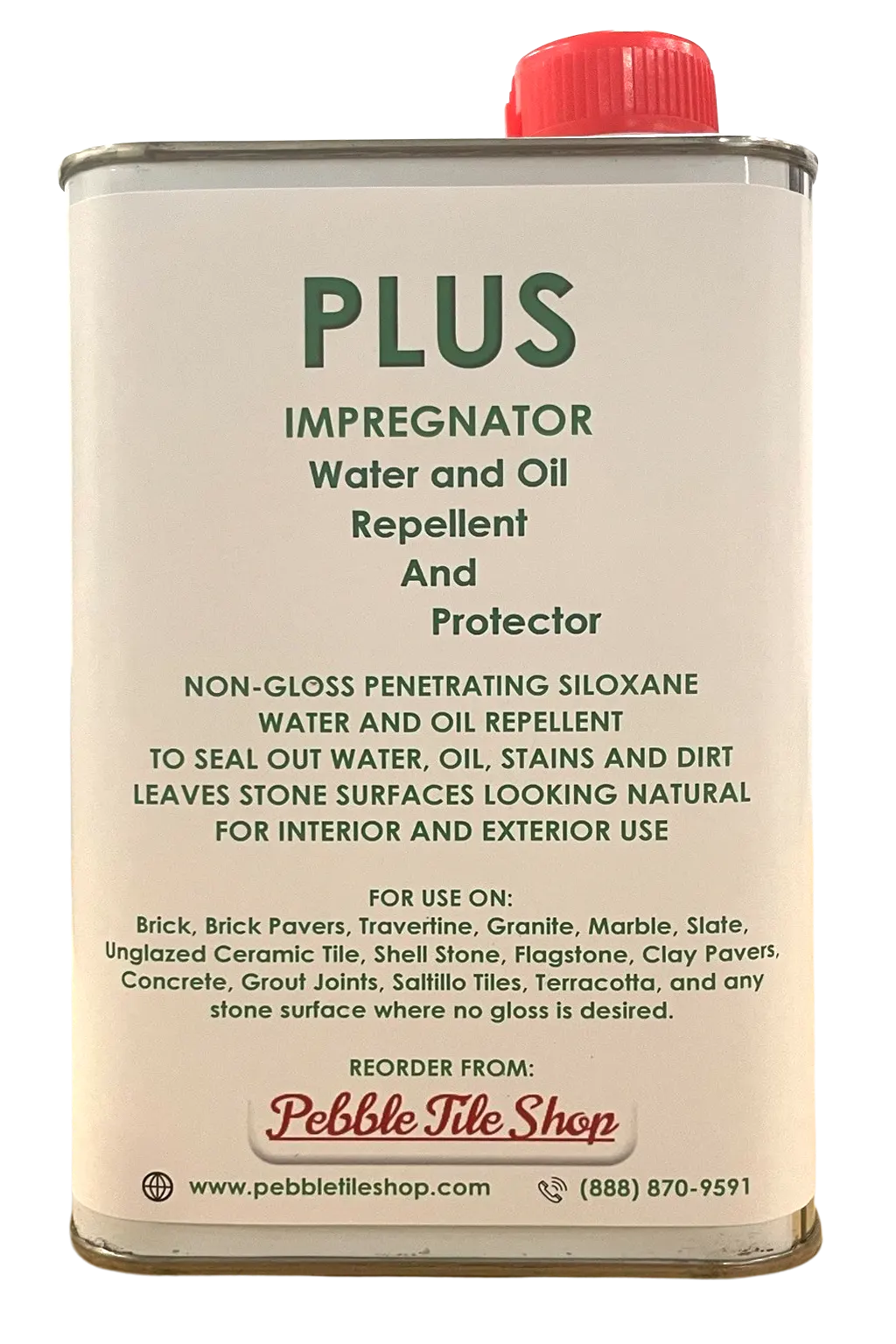Small bathrooms are common in many U.S. homes, from city apartments to older suburban houses. While these spaces may feel limited, they don’t have to feel cramped or outdated. The right tile choices can transform a compact shower into a stylish, bright, and inviting retreat. By carefully selecting tile size, layout, color, and finishes, homeowners can create the illusion of more space while adding character and value to their bathrooms. This guide explores the best tile shower ideas for small bathrooms, including practical layouts, color strategies, feature accents, and maintenance considerations.
Why Tile Choice Matters in Small Bathrooms
Tiles are more than just a functional finish in a bathroom. They shape how large, bright, and cohesive the room feels. In small showers, tile has the power to visually expand space, reflect natural or artificial light, and bring a sense of order to tight layouts.
For example, using smaller tiles across every surface often creates too many grout lines, which can make the room feel busier than it is. On the other hand, medium or large-format tiles reduce visual clutter and help walls appear seamless. Even the grout color you choose makes a difference: a shade that matches your tile blends into the background, while high-contrast grout emphasizes lines and can shrink the look of the shower.
Ultimately, the right tile choice balances beauty with function, ensuring the shower is easy to maintain while enhancing the overall bathroom design.
Best Tile Sizes & Layouts to Maximize Space
One of the most effective tricks in small bathrooms is to select tile sizes and patterns that stretch the room visually.
-
Large-format tiles: Contrary to what many assume, larger tiles often work better in small showers. Fewer grout joints create cleaner lines, which gives the impression of a bigger surface.
-
Vertical stacking: Installing rectangular subway-style tiles vertically rather than horizontally draws the eye upward. This makes walls appear taller and ceilings higher.
-
Herringbone and diagonal layouts: These patterns create movement, guiding the eye across the shower. When used sparingly, they add depth without overwhelming the space.
-
Mixing tile sizes: While combining different tile dimensions can add interest, it’s best to limit variations in a small shower. A feature strip of mosaic tile paired with larger wall panels works well, but too many competing sizes can create visual clutter.
The right layout doesn’t just maximize space; it also gives the shower a polished, professional look.
Color Palettes & Finishes That Open Up the Room
Color plays a vital role in how a small bathroom feels. Lighter shades are often the best choice, but thoughtful use of finishes and accents can make an even greater impact.
-
Neutral tones: Whites, creams, and soft grays remain popular because they reflect light and create a clean, airy backdrop. These hues never go out of style and pair well with fixtures and cabinetry.
-
Glossy finishes: Glossy or polished tiles bounce light around the room, making even windowless bathrooms feel brighter. They work particularly well on walls where maintenance is simple.
-
Matte finishes: A matte surface offers a contemporary, calming effect. It absorbs more light than gloss, so it’s often paired with light colors to avoid making the room feel closed in.
-
Tile drenching: A growing trend is using the same tile on the shower walls, floor, and sometimes beyond the shower enclosure. This continuity eliminates visual breaks and gives a seamless, expansive look.
-
Accent colors: While neutrals dominate, adding subtle color through niche tiles, mosaic bands, or a single feature wall can introduce personality without overpowering the space.
By balancing light tones with thoughtful finishes, homeowners can make even the smallest showers feel more open.
Accent & Feature Tile Ideas for Small Showers
Accents allow homeowners to add character without crowding the shower. A well-placed feature can elevate the entire bathroom.
-
Mosaic strips or borders: Running a horizontal band of mosaic tile at eye level breaks up large wall panels and introduces texture.
-
Contrasting niches: Shower niches for soap and toiletries are practical, but they also provide an opportunity to showcase bold or decorative tiles. A darker or patterned tile in the niche creates a stylish focal point.
-
Textured feature walls: Tiles with subtle relief or 3D patterns bring dimension. In small showers, these work best on a single wall rather than across all surfaces.
-
Reflective accents: Glass or pearl shell tiles catch the light, adding shimmer that enhances the feeling of depth and luxury.
The key is balance: accents should highlight, not dominate, a compact space.
Practical Shower Design Types & Tiling Approaches
Different shower layouts call for different tiling strategies.
-
Curbless or walk-in showers: Extending the same tile from the bathroom floor into the shower creates continuity. Proper slope installation ensures water drains effectively.
-
Corner or neo-angle showers: These designs maximize floor space but introduce angled walls. Consistent tile size across all surfaces keeps the geometry looking neat.
-
Tub-shower combos: Coordinating the tub surround with shower walls unifies the space. Using larger tiles minimizes seams around the tub area.
-
Built-in niches and benches: Tiling these features in accent materials adds style while serving a purpose. Alternatively, using the same tile maintains a seamless, understated look.
By matching tiling choices to the shower type, homeowners can avoid awkward transitions and ensure the design flows naturally.
Space-Saving Tips & Common Mistakes to Avoid
In small bathrooms, even minor design decisions have big effects.
-
Keep grout minimal: Fewer, thinner grout lines maintain a clean appearance.
-
Avoid overmixing styles: Too many patterns or colors can overwhelm. Stick to one main tile and one accent.
-
Mind the grout color: Dark grout with light tiles may look modern, but in small spaces, it can break up surfaces and feel busy.
-
Prioritize light reflection: Choose materials that enhance brightness, especially in bathrooms without natural light.
-
Check drainage carefully: Poor slope or the wrong tile on shower floors can cause standing water. Small mosaics often work best for sloped floors since they contour easily.
Avoiding these pitfalls ensures the shower feels larger, cleaner, and easier to maintain.
Cost, Maintenance & Long-Term Considerations
While aesthetics matter, tile selection should also take into account durability, safety, and maintenance.
-
Material choice: Porcelain is often the most practical choice. It is dense, water-resistant, and available in many styles. Ceramic is more affordable but less durable, while natural stone provides unique character but requires more upkeep.
-
Slip resistance: For shower floors, select tiles with a slip-resistant rating. Smaller tiles with more grout lines naturally provide better grip.
-
Ease of cleaning: Glossy ceramic or porcelain tiles are easier to wipe down. Highly textured or porous stone can trap soap residue and requires sealing.
-
Budgeting: While premium tiles may cost more upfront, they often save on long-term maintenance and replacements.
By weighing cost against maintenance needs, homeowners can make choices that stand the test of time.
Explore More Tile Options for Your Shower
For homeowners exploring the best materials for their shower projects, TileHub offers a wide range of options to suit every style. Those who love organic textures can browse our pebble tile collection for a spa-like, natural feel. If you’re looking to add shimmer and elegance, our pearl tile designs bring light and luxury into compact spaces. For timeless appeal, nothing matches the durability and sophistication of marble tiles, which work beautifully in both modern and classic bathroom settings.
Conclusion & Key Takeaways
A small bathroom doesn’t have to limit design possibilities. The right tile choices can make a compact shower look brighter, taller, and far more inviting. Key strategies include using larger tiles with minimal grout, sticking to light color palettes, and considering vertical or diagonal layouts for added depth. Accent tiles and niches can add personality without overwhelming the space, while durable materials ensure the shower remains easy to maintain for years.
With thoughtful planning and the right tile selection, even the smallest bathrooms can feel open, modern, and stylish — proving that smart design matters more than square footage.







